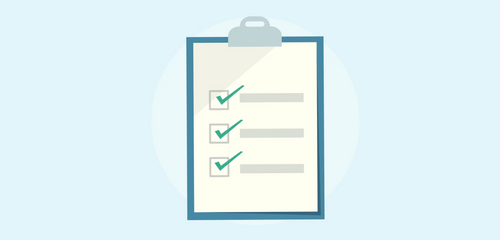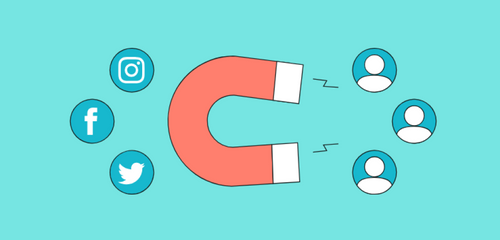Your New Secret Weapon is Here!
The Buyer's Journey plays a decisive role in the B2B sector when it comes to winning customers and retaining them in the long term. An optimal design of the Buyer's Journey can help to address potential customers in a more targeted manner, to better understand their needs and expectations, and thus to create an optimal customer experience.
This blog is about the importance of the Buyer's Journey in the B2B sector and how companies can use targeted measures to drive forward their customer focus and optimization of the Buyer's Journey. Important keywords such as "customers", "sales", "marketing", "products" and "buying behavior" will play a central role.
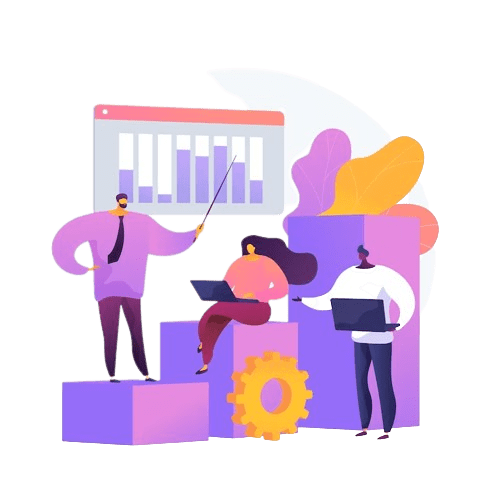
Phases of the B2B Buyer Journey
The B2B Buyer Journey comprises three different phases that potential customers go through before making a purchase decision. Companies that align their marketing and sales strategies with these phases can target their customers more effectively and create an optimal customer experience. This section takes a closer look at the different phases of the B2B Buyer Journey and how sales can use targeted measures to support and accompany their customers in each of the three phases.
Awareness
In the first phase of awareness, potential buyers deal with their problem or need and start looking for possible solutions or services.
Here it is important that distributors are already present at this stage and respond to the needs and expectations of their target group.
For this purpose, targeted marketing activities such as content marketing or search engine optimization can be used to draw potential customers' attention to the company and offer them added value.
content marketing can take the form of blog articles, videos, or infographics, for example, that are specifically tailored to the needs of the target audience and help them better understand their problem or need.
By targeting website search engine optimization (SEO) for specific keywords, distributors can ensure they will find potential buyers looking for solutions to their problem.
By targeting the needs, understandings, and expectations of their target audience during the awareness phase and offering them added value, distributors can capture the interest of potential buyers and guide them along the path to decision-making.
Consideration
In the second phase of Consideration, potential customers have already developed an awareness of their problem or need and are now starting to look at different solutions or services to meet their requirements.
In this phase, it is crucial that companies are perceived as a trustworthy partner that provides advice and support to its potential customer. For this, distributors should offer targeted content and informative advice to help potential buyers in their decision-making.
This can be done, for example, by creating helpful blog articles, white papers, or case studies that are specifically tailored to the needs of potential customers.
In addition, distributors can also score points by providing personal advice and individual solutions that show potential customers that they are seen as partners at eye level.
Decision
In the third phase of Decision, potential customers have already selected a solution as a product or service and are ready to buy it. In this phase, companies should pay attention to providing their customers with a seamless buying experience to facilitate the purchase decision and increase customer satisfaction.
An important part of a successful buying experience is a much simpler and user-friendly ordering process that allows customers to place their order quickly and easily.
In addition, a fast and efficient delivery process also plays an important role in meeting customer expectations and creating a positive experience. Distributors should ensure that they transparently inform their customers about the delivery process and allow them to track the status of their order.
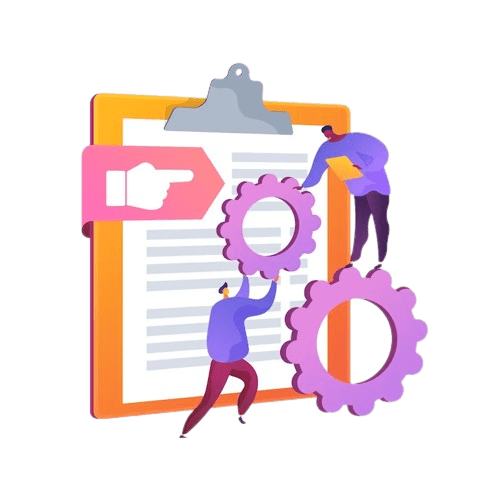
Best practices for an optimized B2B Buyer's Journey
The design of a successful B2B Buyer's Journey is a decisive factor for the success of sales in the B2B sector. In order to target potential customers and create an optimal customer experience, best practices in the design of the Buyer's Journey are essential.
Identification of the ideal customer profiles
One of the most important best practices in designing an optimized B2B Buyer's Journey is the process of identifying ideal customer profiles. This involves understanding and targeting the needs of online marketing strategies and expectations of potential buyers.
To do this, distributors should analyze various criteria, such as industry, company size or decision-makers in the company, to create an accurate customer profile.
Using this information, distributors can develop more targeted marketing and sales strategies, increasing the likelihood of successfully engaging potential customers at each of the three stages of the Buyer's Journey.
Personalization of the marketing and sales approach#.
A suitable list of actions that distributors can take to ensure personalized targeting in their B2B Buyer's Journey might look like the following:
- Creation of buyer personas to define the target group more precisely
- Matching marketing campaigns to the needs and expectations of the target group
- Creation of targeted content tailored to specific industries or needs
- Personalization of e-mails and other communication channels, for example by mentioning the name of the recipient
- Use of Marketing Automation-tools to create personalized and scheduled campaigns
- Training of sales staff to be able to respond to individual needs and requirements of the customer
- Use customer relationship management (CRM) systems to manage customer data and interactions and create personalized offers
By implementing these measures in a targeted manner, companies can ensure a personalized approach in their B2B Buyer's Journey and thus gain the trust and loyalty of potential buyers.
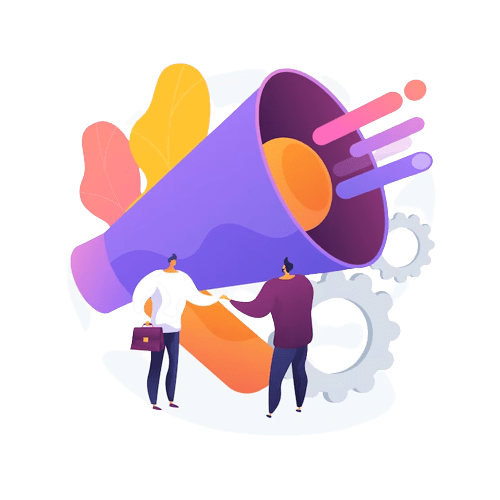
Effective communication and content strategies
Another important best practice for an optimized B2B Buyer's Journey is an effective communication and content strategy. This is about offering potential customers relevant content and solutions that support them in their decision-making.
Distributors should develop a comprehensive content strategy that offers targeted content on various channels such as the website, social media, or newsletters. The content should be tailored to the needs and expectations of the target group and offer added value in order to arouse the interest of potential customers.
Clear and comprehensible communication is also crucial for addressing potential customers in a targeted manner and clarifying their questions and concerns. Companies should focus on open and transparent communication in order to gain the trust of potential customers.
Use of customer feedback and data analysis
An additional best practice for an optimized B2B Buyer's Journey is the use of customer feedback and data analysis. This involves collecting valuable feedback and data from a buyer in order to continuously improve one's own marketing and sales approach.
By analyzing data, distributors can find out, for example, which content and channels are particularly successful with their potential customers and how they can optimize their marketing campaigns.
Gathering customer feedback is also critical to understanding and targeting customer needs and expectations.
Here, distributors should rely on open communication and feedback opportunities such as surveys or ratings to collect customer feedback.
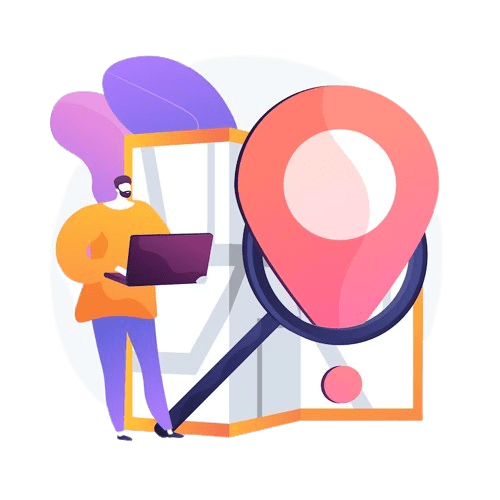
Successful Buyer Journeys in Practice
Looking at a successful Buyer Journey in practice provides valuable insights and inspiration for companies looking to optimize their own B2B customer Journey.
An example of a successful B2B customer journey can show, for example, how distributors manage to convince potential customers of their solutions through a targeted approach and relevant content, and build long-term loyalty.
The use of new technologies or sales approaches can also be important success factors in reaching potential customers and meeting their needs.
Examples of companies that have successfully implemented the customer focus
Below are some examples of companies that have successfully implemented customer focus in their B2B Buyer's Journey:
- meetergo: meetergo enables enterprise sales teams to automate and scale their sales process, resulting in faster sales cycles. It provides the ability to create joint action plans (MAPs) and execute them with the customer, closing deals faster without sending lengthy email chains or forgetting important aspects of the sales process.
- HubSpot: The company offers comprehensive marketing and sales software tailored to the needs of B2B companies. Through personalized marketing campaigns, targeted content and effective sales strategies, HubSpot has been able to build a strong bond with its customers and retain them for the long term.
- Salesforce: The company focuses on a customer-oriented sales strategy and offers its customers personalized solutions and services. Salesforce uses modern technologies such as AI and machine learning to identify the individual needs and requirements of its customers and respond accordingly.
- Amazon Business: Amazon's B2B marketplace offers businesses a personalized shopping experience by catering to the individual needs and requirements of business customers. Amazon Business uses cutting-edge technologies such as machine learning and big data analytics to ensure an optimal customer experience.
These examples show that a customer-oriented sales strategy and a personalized approach can be a decisive success factor in the B2B Buyer's Journey.
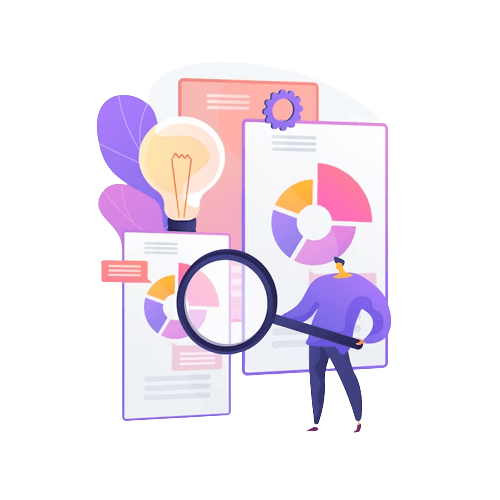
Analysis of success factors and learning effects
Analyzing success factors and learning effects is an important step in achieving an optimized B2B Buyer's Journey. Sales organizations should regularly monitor and analyze their marketing and sales activities to find out which measures have been successful and which have not. Key figures such as the conversion rate or customer ratings can be used here, for example.
Based on this analysis, distributors can take targeted optimization measures and adapt their approach to the needs of their target group. Comparison with other successful companies and industry standards can also be helpful in identifying new ideas and best practices.

Tools and technologies for optimizing the B2B buying journey
Tools and technologies play an important role in optimizing the B2B buying journey. For example, companies can use marketing automation tools to automate and personalize their marketing activities. Targeted email campaigns or automated chatbots can be used here.
Customer relationship management (CRM) systems are also helpful in effectively managing and maintaining customer relationships. Here, for example, sales processes can be automated and personalized to ensure effective communication and optimal customer care.
Other helpful tools and technologies include web analytics tools to analyze and optimize user behavior on the website, and social media management tools to improve interactions with potential customers on social networks.
Measurement and success control of the B2B Buying Journey
Measuring and monitoring the success of the B2B Buying Journey is an important part of optimizing the process. Companies should regularly monitor and evaluate their successes and progress to see where improvements can be made. Various metrics such as conversion rate or lead quality can be used for this purpose.
One effective method of measuring and monitoring success, for example, is to implement key performance indicators (KPIs). These KPIs should reflect the company's most important information, goals, and success factors and should be monitored regularly so that adjustments can be made if necessary.
The use of analytics tools is also helpful to analyze and optimize user behavior on the website. For example, tools such as Google Analytics can be used to gain detailed insights into the behavior of a potential customer.
By measuring and monitoring the success of the B2B Buyer Journey, distributors can effectively optimize processes with their own information and the and thus ensure long-term success.
Collection of key figures
Capturing metrics is an important aspect of optimizing the B2B buying journey. By properly capturing metrics, companies can better analyze and optimize their processes and results. To do this, the first step is to define the relevant metrics that contribute to measuring the success of the B2B buying journey.
The most important key figures include, for example, the conversion rate, lead quality and customer retention. But the collection of data such as traffic on the website or the length of time potential customers spend on the site is also helpful in identifying optimization potential.
In order to effectively carry out the buying process of collecting key figures, distributors should also pay attention to well-structured data management. Tools such as customer relationship management (CRM) systems or marketing automation tools can be used here, for example.
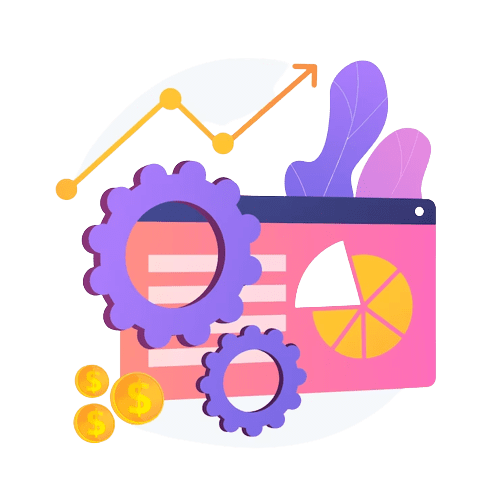
Conclusion
Summary of findings and tips
Overall, it can be seen that an optimized B2B buying journey is of great importance for the success of companies in the B2B context. Through a targeted approach and effective communication, sales forces can gain the trust of their potential customers and accompany them through the entire buying process.
Key best practices for an optimized B2B buying journey include identifying ideal customer profiles, personalizing the marketing and sales approach, and leveraging customer feedback and data analytics.
But effective communication and content strategy, as well as targeted collection of metrics, are also critical to success.
By implementing these best practices, sales organizations can improve their customer orientation and differentiate themselves in the competitive environment. The buyer's journey thus represents a central basis for successful B2B marketing, which must be optimized in a targeted manner.
Outlook for future developments in the B2B Buying Journey
The B2B buying journey is in a constant state of flux and is influenced by digitization and changing customer needs. In the future, personalized approaches and an even stronger focus on customer needs and customer experiences will play an increasingly important role.
The use of new technologies such as artificial intelligence or chatbots can also help to further optimize and improve the B2B buying journey. Companies should therefore be prepared for continuous further development and adaptation of their strategies and processes in order to be able to continue to operate successfully in the B2B market in the future.
Your New Secret Weapon is Here!











